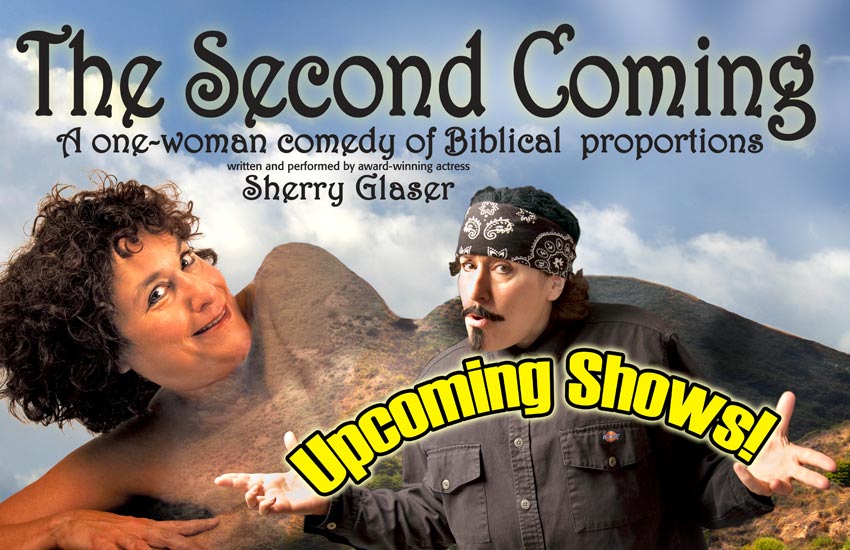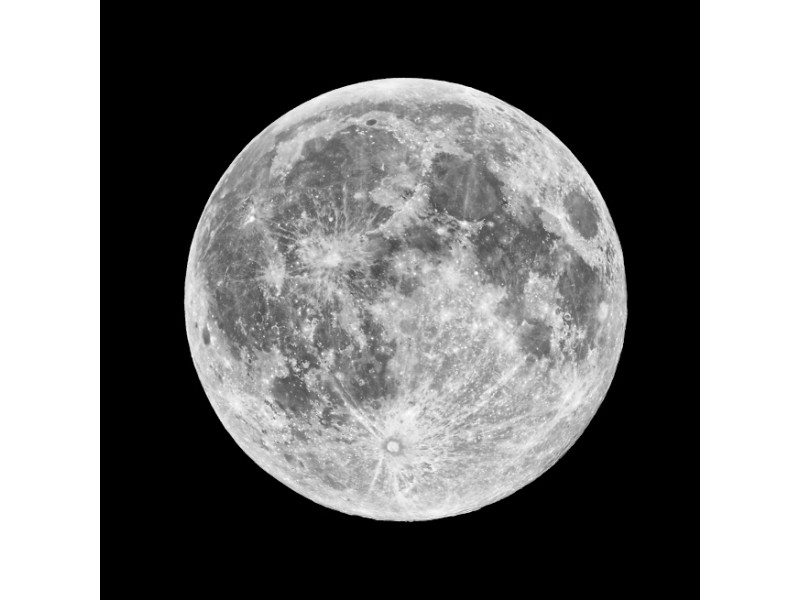Once again, the world is waking up and blooming and the power of love and fertility is running like blood and sap and electricity throughout all the land. Twas a time when May Day, and the Rites of Spring, were looked forward to widely, and celebrated with the greatest of enthusiasm! The tradition of the Rites of Spring (Beltane) and the Sacred Marriage go very far back indeed, and are found in ancient Sumaria in the union of Inanna and Dumuzi, and more recently, for millenia throughout Northern Europe and the British Isles. It's rather extraordinary, if one thinks about it or even is aware of it, that this important celebration was removed from the calendar and culture by the Church, and replaced with "international workers day", or simply buried as much as possible in the compost of myth, co-option, and turning something joyful and fundamental to nature and the Goddess into something "evil". Witness the famous "ride of Lady Godiva" which I wrote about a few years back.
There is a wonderful U.K. Blog, (below) from which I take the liberty of copying writings on Beltaine lore. BLESSED BELTANE TO ALL!
http://celestialelfdanceoflife.blogspot.com/2011/03/beltane-blessing-beannachadh-bealtain.html
The Beltane Festival
Beltane or Beltane is the Gaelic name for the festival that begins on April the 30th or Beltane's eve and continues on 1st May and is a celebration of purification and fertility. The name originates from the Celtic god, Bel - the 'bright one', and the Gaelic word 'teine' meaning fire, giving the name 'bealttainn', meaning 'bright fire'. Marking the beginning of the Summer season with the lighting of two great bon-fires on Beltane's eve signifies a time of purification and transition, these fires may be made of the nine sacred woods, Alder, Ash, Birch, Hawthorn, Hazel, Holly, Oak, Rowan and Willow.

Heralding in the season in the hope of a good harvest later in the year, Beltane festivals were accompanied with ritual acts to protect the people from any harm by Otherworldly spirits.
Significantly, as the Goddess (Brigid) moves through her various phases, Beltane sees the womanly aspect of the Summer Goddess banish the Old Crone aspect of the Winter Goddess in readiness for the maternal time and the fruits of nature to follow.
As this is one of the magic turning points of the Sacred Seasons, the veil between worlds is thought to be especially thin, and as a result many of the Fairy Host, the Sidhe and the Tuatha De Danann may be seen crossing between the worlds. Particularly, the Faery Queen is thought to travel about on this night and if you gaze too long on her enchanted beauty she may whisk you away to live in her Other realms outside of time for an eternity. The Faery Queen also represents the May Queen, although in practice the honor is usually carried out by young women who are soon to be married.
For the May Day is the great day,
Sung along the old straight track.
And those who ancient lines did ley
Will heed this song that calls them back.
........Ian Anderson of Jethro Tull.
The May Queen at Beltane
Along with her May King, mythically a Jack in The Green, the Green Man or Horned God, is to take part in the Great Rite and so Open the way for the Summer. This is the Sacred Marriage of the God and Goddess, often reenacted by a symbolic union during which the Athame (magical knife symbolizing male energy) is placed by the King of May into the Chalice (Sacred Cup symbolizing female energy) held by the Queen of the May. For a more detailed account of how this ritual was enacted in earlier time, I refer the reader to Marrion Zimmer Bradley's moving account in her fiction The Mists of Avalon.
Following this union which serves to Open the way to the Summer Lands, festivities ensue, particularly that of dancing around the May Pole. The May Pole itself is a symbol of the union of the God and the Goddess, as the red ribbons represent the fertility of the Goddess, the white represent the fertility of the God. Men begin the weaving by dancing under the upheld ribbon of the first women facing them, accompanied by music, drums beating or chanting. The dancers move forward, stepping alternately over and under each person who’s dancing toward them. The dance continues until the Maypole is completely wrapped, then the ribbons are tied off and the wreath from the top is tossed to the earth to bring its gathered power into the ground.
Whilst such public festivals are not as widespread as they once were, famously at Padstow in Cornwall there still is held an annual 'Obby-Oss' day, which is believed to be one of the oldest survivng fertility rites in the United Kingdom. St. Ives and Penzance in Cornwall are now also seeing a revival of similar public festivities.

Beltane Lore
During Medieval times, a man might also propose marriage by leaving a hawthorn branch at the door of his beloved on the first day of May. If the branch was allowed to remain at her door, it was a signal that the proposal was accepted. If it was replaced with a cauliflower, the proposal was turned down.
The Celtic Moon month of Hawthorn is the time for lovers to attend to matters of the heart, as the Celtic fire festival of Beltane heralds the start of summer. Crosses of birch and rowan twigs were hung over doors on the May morning as a blessing and protection, and left until next May day.
The dew on the May day morning is believed to have a magical potency - wash your face and body in it and you will remain fair all year.
Going 'A-Maying' meant staying out all night to gather flowering hawthorn, watching the sunrise and making love in the woods, also known as a 'greenwood marriage'
Oh, do not tell the Priest our plight, Or he would call it a sin; But we have been out in the woods all night, A-conjuring Summer in!
























